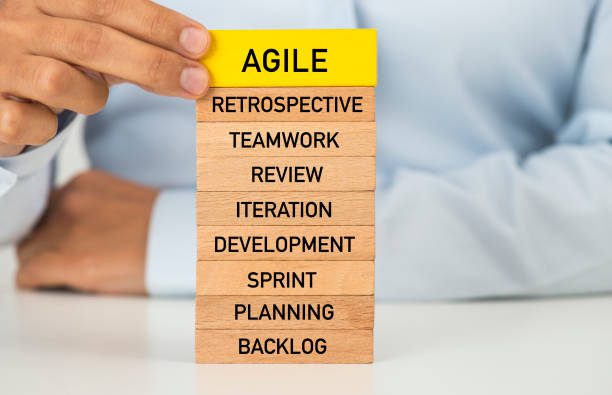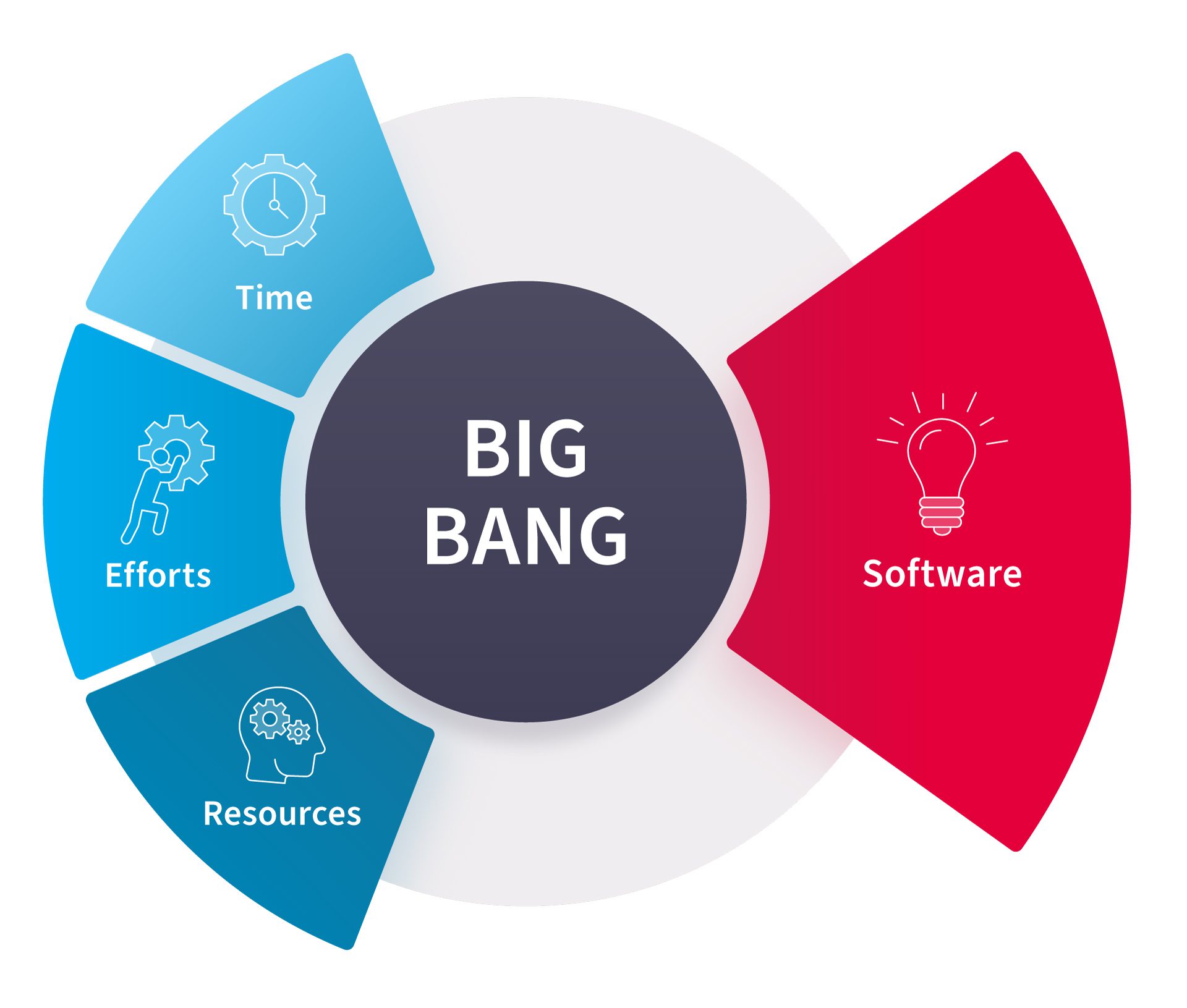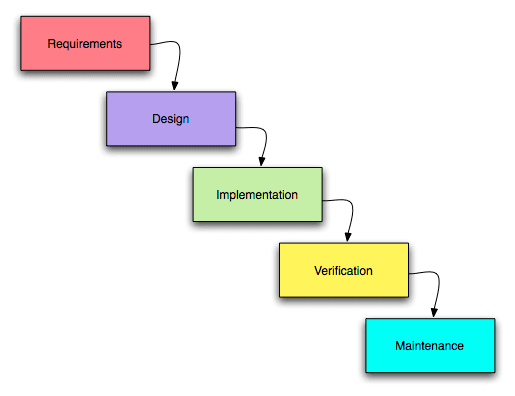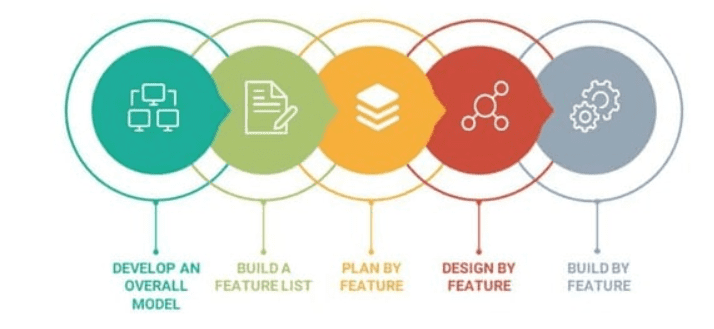Custom software development methodologies are critical in creating software that is designed for specific requirements. It is said that if the beginning is good, the end must also be good. The same rule applies to custom software application development, where the management style and system users will have a significant impact on the success of your project. The primary goal of these methodologies is to provide smooth software development under the project specifications.
This software development process has no technical aspect but requires proper planning of the software development lifecycle, which is the only concern of this development methodology. The world is changing, and the custom software development industry is going the same way. Choosing an approach for your software development from a variety of options can be difficult. A clear understanding of custom software development methodologies, on the other hand, will assist in making a more informed decision. Before we begin, it is critical to understand the various types of custom software development methodologies. This article will briefly describe the methodologies in customized software development.
Introduction
A software development methodology is a set of processes used in the creation of software. We can say it’s a kind of framework in which the whole development process is structured, planned, and controlled. It includes standard processes such as design, design, and implementation. For the development of customized software, methodologies play an important role. The development style and system we are using have an impact on the project’s success. The selection of methodologies for development mainly depends on the size of the team, organization or product objectives, and other factors.
Each methodology has its own set of benefits and drawbacks. However, the primary goal of these methodologies is to ensure a smooth and efficient software development process based on the project requirements. After reviewing the methodologies listed below, you will be able to easily select the best one for your project.
Agile Software Development Methodology

Agile software development is a disciplined software management process that also enables frequent changes in the development project. This software development method establishes a conceptual framework in which different software engineering projects are carried out. It is used to decrease the risk by building software in short time frames that are popularly called iterations ranging from one week to one month.
Advantages of Agile Development Methodology
- Customer satisfaction is achieved through the rapid and continuous delivery of useful software, with a focus on people and interactions rather than processes and tools. Constant interactions between customers, developers, and testers are ongoing.
- The Agile methodology has an adaptive approach that can meet the changing customer demands.
- Direct communication and customer representatives’ feedback do not leave room for any system assumptions.
DevOps Deployment Methodology
DevOps is a set of practices that supports an organizational culture as well as a development methodology. DevOps deployment focuses on organizational change that improves collaboration among departments responsible for various stages of the development life cycle, such as development, quality assurance, and operations.
DevOps is concerned with reducing time to market, lowering the failure rate of new releases, shortening the lead time between fixes, and minimizing disruption while increasing reliability. DevOps organizations strive to achieve this by automating continuous deployment to ensure that everything runs smoothly and reliably. Companies that use DevOps methods benefit by reducing market time and improving customer satisfaction, product quality, productivity, and effectiveness.
Big Bang Methodology

This methodology is typically applied to small and simple projects where the client is unsure about the project’s requirements and how it will express itself during deployment. Pre-planning is not necessary since the methodology does not contain any rigid or formal protocols.
Pros of Big Bang Methodology
- This model is straightforward to use.
- Doesn’t need proactive planning
- Minimal resource requirement
- Very easy to manage at every stage
- Offers high flexibility to developers
- Suitable for beginners, learners, and students
Waterfall Methodology

This is one of the oldest software development methodologies. It represents the traditional life-cycle approach to software development. It has a predetermined pattern and adheres to a strict procedure. No phase can be overtaken by another until it is finished. The waterfall method is a sequential flow that aids in the orderly progression of custom software development without overlapping it.
The method is appropriate for projects of all sizes and shapes. The sequential flow ensures that the project follows a functional flow and is easy to follow. Because everything has been well planned, one can save a lot of time; however, if there is anything that is not discernible at any stage in the project, the entire project may go haywire. Other benefits include:
- The waterfall model is simple and easy to understand, and it employs methodology.
- Due to the rigidity of the model, it is easy to manage projects, which is why it is beneficial for beginner or novice developers. Moreover, each phase has specific deliverables and an individual review process.
- In this type of development model, the requirements are very well understood/ defined. It is also suitable for smaller projects.
- You can easily do the testing that refers to the defined scenarios in the earlier functional specification.
Rapid Application Development
- Rapid application development is a software development model that is intended to provide excellent processes with the assistance of other software approaches. It is aimed at providing quick results.
- It is designed to get the most out of the development software.
- Without a doubt, it is intended to improve the overall usability of the software or web application project by emphasizing the participation of an active user.
- Hiring for these types of software engineering projects is not easy because there are numerous factors to consider.
Pros of Rapid Development
- Provides a seamless development process;
- Assists clients in conducting quick reviews
- Encourages customer feedback for improvement
Feature-Driven Development

Feature-driven development is an iterative and incremental approach to software development, deriving from the agility of the methodology. FDD, like Waterfall, is commonly regarded as an older methodology, a sort of forerunner to modern Lean/Agile implementations. FDD focused on delivering working software regularly and is particularly client-centric, making it a good fit for smaller development teams. Features are a fundamental component of FDD. According to the FDD approach, features are client-valued pieces of work that should be delivered every two weeks.
FDD has five steps to produce tangible software frequently and efficiently, the first of which is to develop an overall model. Next, compile a list of functions and plan for each function. The last two steps — functional design and feature-building — take the majority. Status reports are encouraged at each step and help to monitor progress, results, and possible errors. An efficient response to change can reduce surprises during the development by understanding customer requirements and the overall model at the beginning of the project.
Furthermore, any feature that takes more than two weeks to design and build must be further subdivided into separate features until it meets the two-week rule. FDD’s rigid structure makes it less appealing to teams that balance project-driven and break-fix work.
Scrum Methodology
Scrum is the most well-known and agile methodology-based framework. It is empirical and can be applied to any rapidly changing or high-priority emerging needs. Iterations are referred to as sprints in a scrum. A software development process begins with brief sprint planning, followed by daily scrum meetings that highlight progress, and concludes with a final review. Scrum methodology is ideal for managing projects with unclear requirements and client feedback. Teamwork, transparency, and regular status update all support speeding up development.
Benefits of Scrum

- The team makes the major project decisions.
- Daily meetings promote the measurement of individual productivity, which leads to an improvement in the efforts of every team member.
- The approach of Scrum discovers problems quickly, which leads to short discussions and easy team focus.
- Scrum is flexible to prioritize customer-led features. The documentation of business requirements for successful development is not mandatory.
- Customers are in the production cycle because every sprint must be evaluated. The feedback cycle is quick, helping to keep the project focused.
Dynamic Systems Development Model Methodology
The main takeaway from this development model is the limited budget, strict time frame, and high user involvement. The goal of the Dynamic systems model is to ensure that continuous feedback flows in the system and that user involvement is high, resulting in maximum functionality. This software development methodology is part of the Agile Development methodologies, and each of them has its own set of principles and approaches. These also share characteristics such as goal orientation, lightness, flexibility, and a focus on continuous development.
The DSDM approach is based on the RAD model and encourages user participation. Its objectives include developing and providing software models within the budget specified and within the time constraints. The idea that governs the methodology of development of Dynamics Systems is a constantly changing process because more than one attempt is needed to succeed.
Prototype Methodology
The Prototype Methodology is the software development approach that enables developers to produce the solution’s prototype to show their customers how it works. Make all necessary changes before developing the actual application using this methodology. The best aspect of this software development methodology is that it solves plenty of problems that commonly arise in a traditional waterfall model.
Advantages of Prototype Model
- You can show the prototype to the client. In this way, he can have a clear understanding and complete ‘feel’ of the functionality developed in the software. It creates a greater level of customer satisfaction and comfort.
- You can identify the scope of the refinement and accordingly accommodate new changes in the given requirements.
- In this model, you can significantly reduce the risk of failure and identify the potential risks early, and improvement steps can be taken quickly.
- The relationship between the software development team and the client makes a very good and conducive environment during a project.
- It also assists in requirement gathering and requirement analysis when there is a shortage of required documents.
Spiral Model

The spiral model begins with the smaller aspect of the project and then moves to larger areas in the earlier development phase to identify and eliminate the risks. Software developers start with smaller modules, followed by larger modules, which carry out a systematic flow. Risks are managed at every stage and the next step is made or iterated. The movement of the project is a spiral shape, which eliminates the risk and provides feedback.
Advantages of Spiral Model
- Changing requirements can be easily accommodated.
- Cost estimation is straightforward.
- Risks are eliminated at the early stages.
- Highly disciplined development procedure.
- Suitable for large-size and critical projects.
- Faster development and symmetrical addition of features.
Joint Application Development
This custom software methodology is used when the team requires continuous interaction. There are numerous workshops to understand the project aspects. In the early stages of custom software development, all stakeholders attend workshops and eliminate errors. To use this method, the presence of an expert panel is necessary.
The software development methodologies listed above are critical and are commonly used for a variety of software development projects. Furthermore, depending on the nature of the project, all of these methodologies work well in certain projects. It is common for one methodology that is suitable for one project to be incompatible with another. Furthermore, none of these methodologies is perfect, as each has advantages and disadvantages. So, before choosing any of these development methods for their software development projects, software developers must be familiar with all of these methodologies. It is best to seek the advice of a professional software development company for the best results.